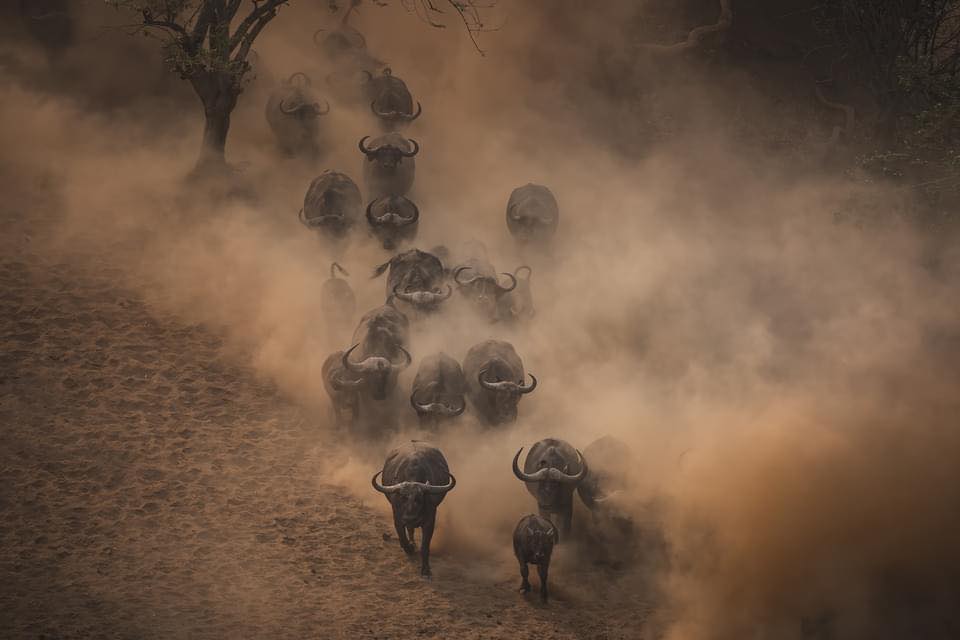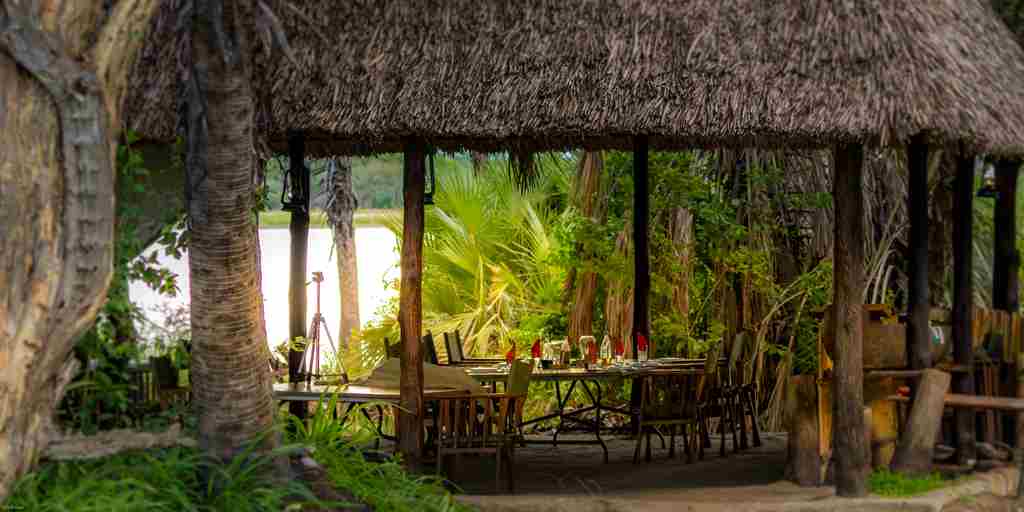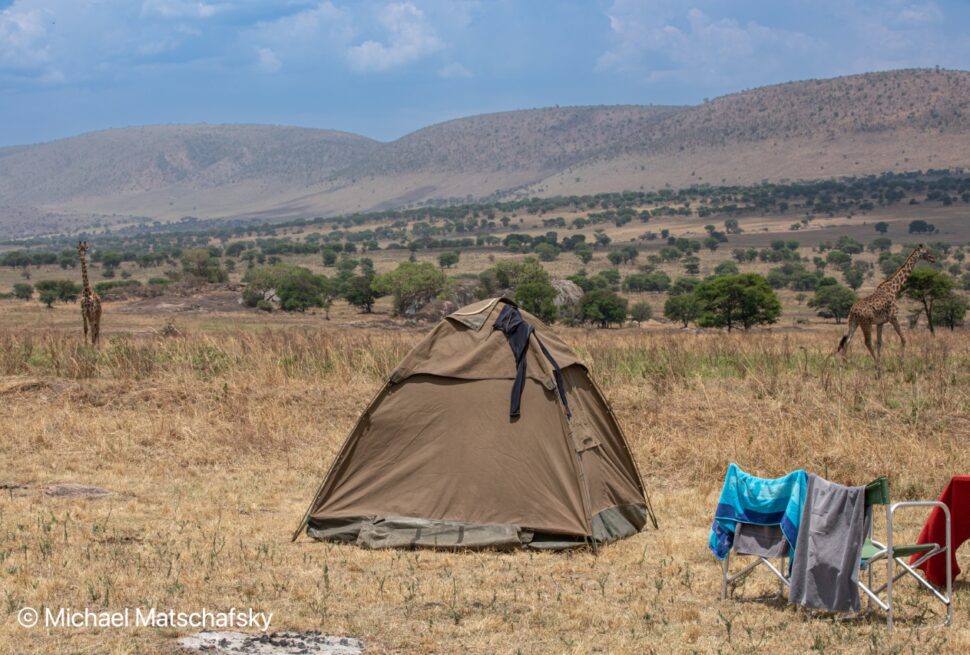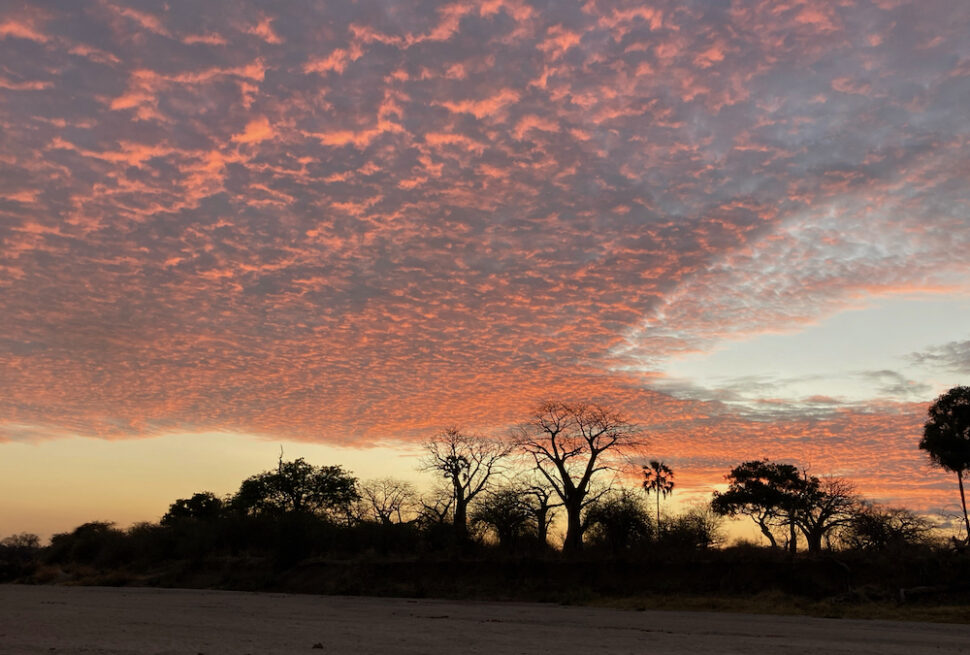Introduction: Southern Tanzania stands as a hidden gem, boasting untouched landscapes and an abundance of wildlife that rival its more famous northern counterparts. A journey into the southern reaches of this captivating country unveils a safari experience like no other, offering a unique blend of nature, culture, and adventure.
Why Go to Southern Tanzania Safari:
- Off-the-Beaten-Path Experience: Southern Tanzania is less frequented by tourists, providing an authentic and intimate safari experience without the crowds.
- Diverse Ecosystems: From the pristine beaches of Mafia Island to the vast wilderness of Nyerere National Park/Selous Game Reserve, Southern Tanzania showcases a diverse range of ecosystems, including game-rich savannahs, lush forests, and vibrant coastal areas.
When is the Best Time to Go for Southern Tanzania Safari: The best time to embark on a Southern Tanzania safari is during the dry season, from June to October. This period ensures optimal wildlife viewing as animals gather around water sources, making it easier to spot them in the open landscapes. The months of January and February are ideal for bird enthusiasts, as migratory birds flock to the region.


Where is Best to Go While You’re in Southern Tanzania:
- Selous Game Reserve: Renowned for its vastness, Selous is Africa’s largest game reserve, offering a remote and exclusive safari experience. Boat safaris along the Rufiji River are a highlight.
- Ruaha National Park: Known for its rugged landscapes, Ruaha is home to large populations of elephants, buffaloes, and predators. The park’s remote location adds to its allure.
- Mikumi National Park: Easily accessible from Dar es Salaam, Mikumi boasts an array of wildlife, and its open savannahs make it an excellent destination for game drives.
Where Must You Visit in Southern Tanzania:
- Mafia Island: A diver’s paradise, Mafia Island is surrounded by coral reefs and offers opportunities for snorkeling, diving, and whale shark encounters.
- Udzungwa Mountains National Park: A haven for hikers, Udzungwa is home to lush rainforests, waterfalls, and diverse plant and animal species.
- Selous Game Reserve’s Stiegler’s Gorge: Visit the iconic Stiegler’s Gorge for breathtaking views and a chance to witness the abundance of wildlife along the Rufiji River.
What to See in Southern Tanzania:
- Big Five: Southern Tanzania is home to the Big Five—lion, elephant, buffalo, leopard, and rhinoceros. Selous, in particular, offers an excellent chance to spot these majestic creatures.
- Wild Dogs: Ruaha National Park is renowned for its population of African wild dogs, providing a rare opportunity for wildlife enthusiasts to witness these endangered predators.
- Birdlife: The diverse ecosystems of Southern Tanzania attract a myriad of bird species, making it a paradise for birdwatchers.


How to Plan a Safari for Southern Tanzania:
- Choose the Right Time: Consider your preferences—whether you’re keen on wildlife viewing or birdwatching—and plan your visit accordingly.
- Select Your Destinations: Tailor your itinerary based on your interests, whether it’s exploring the remote Selous, hiking in Udzungwa, or enjoying coastal activities in Mafia.
- Professional Guidance: Engage with experienced guides who understand the unique offerings of Southern Tanzania and can enhance your safari experience.
Accommodations Guide:
- Luxury Lodges: Experience unparalleled comfort at lodges like Beho Beho in Selous or Jongomero Camp in Ruaha, offering luxury amidst the wilderness.
- Tented Camps: Opt for tented camps like Selous Serena Camp for a closer connection to nature without compromising on comfort.
- Beach Retreats: For coastal experiences, accommodations like Butiama Beach Lodge on Mafia Island provide tranquil beachfront settings.
In conclusion, a Southern Tanzania safari promises an extraordinary adventure for those seeking a genuine connection with nature and wildlife. From the untamed landscapes of Selous to the pristine beaches of Mafia Island, Southern Tanzania invites you to explore its hidden wonders and create lasting memories.




